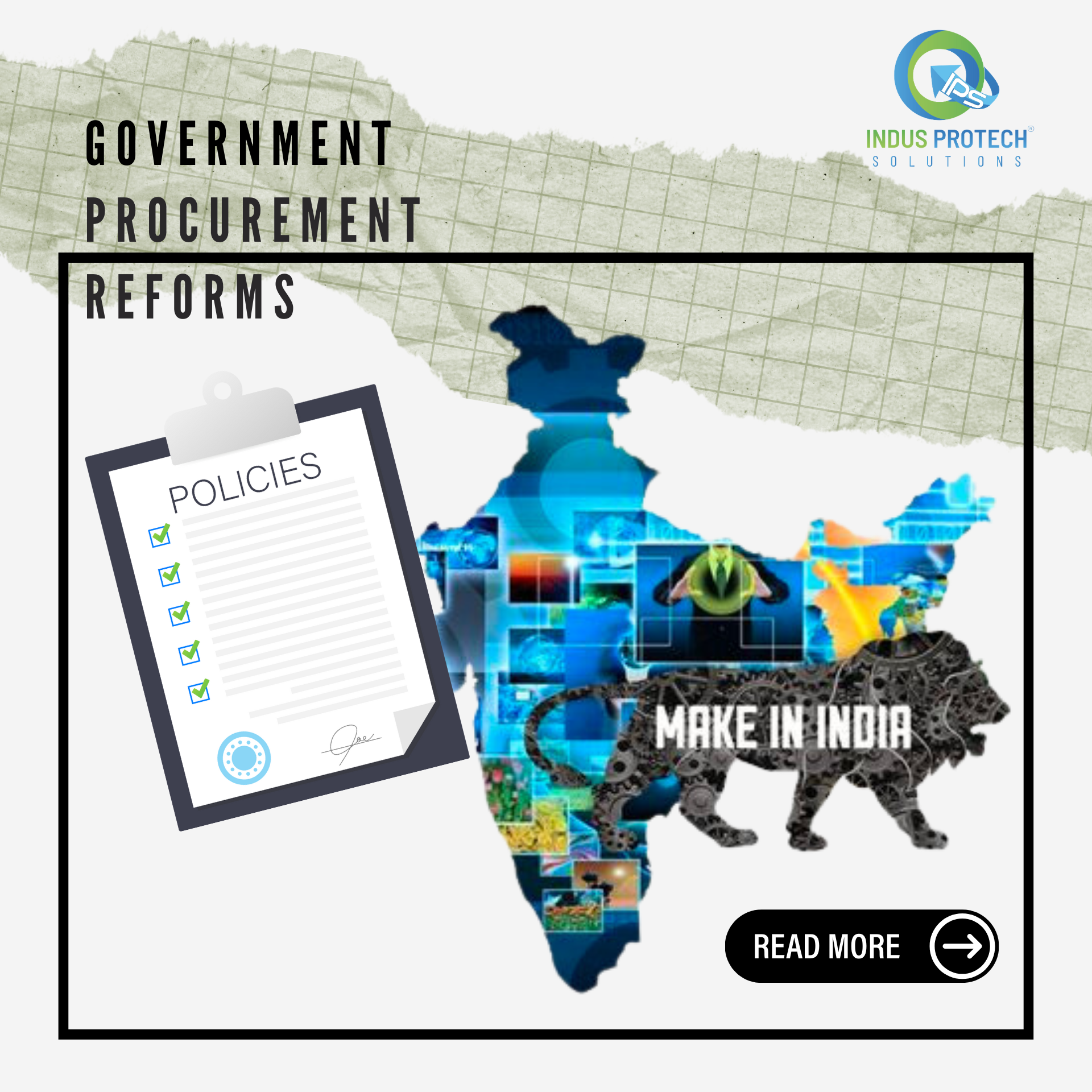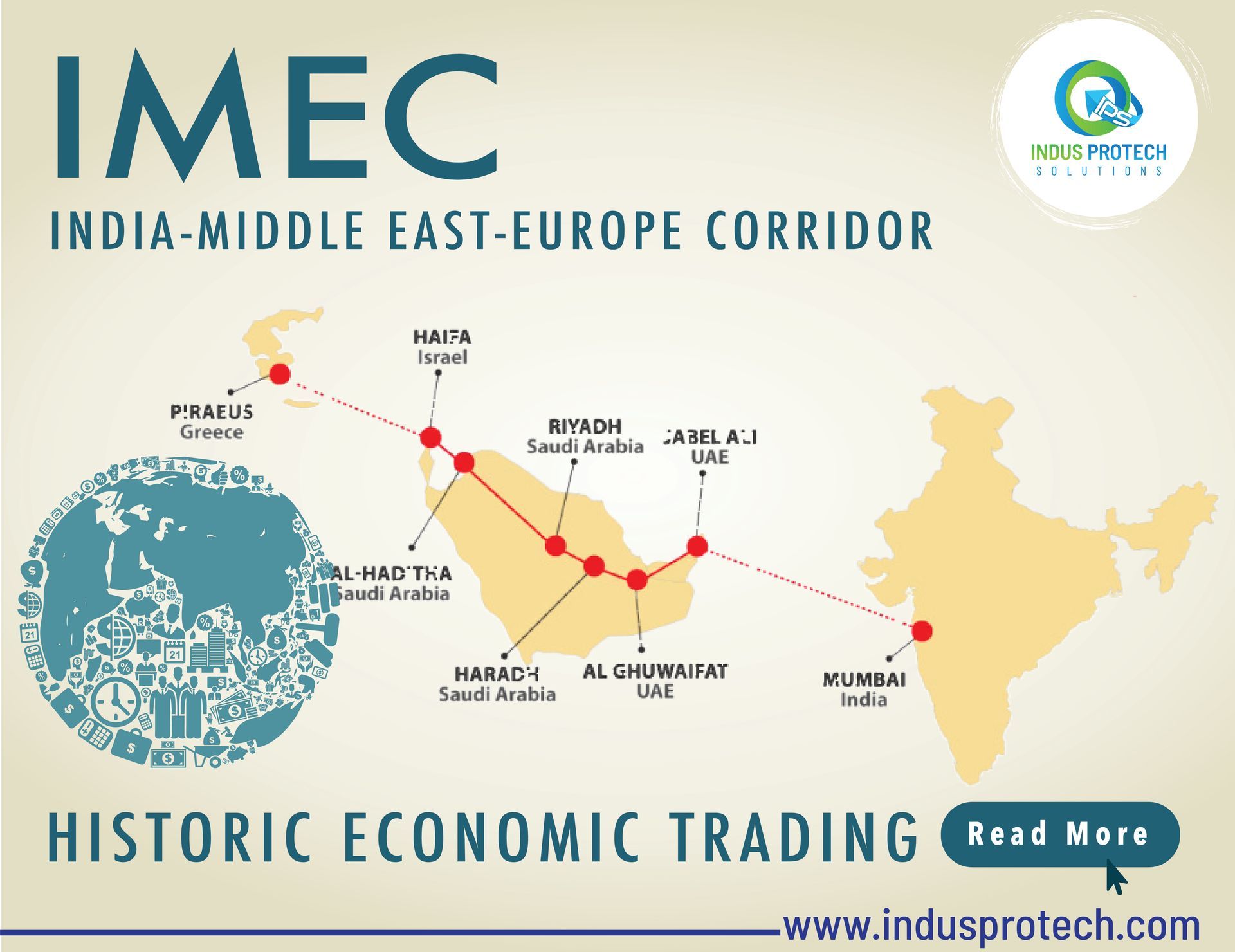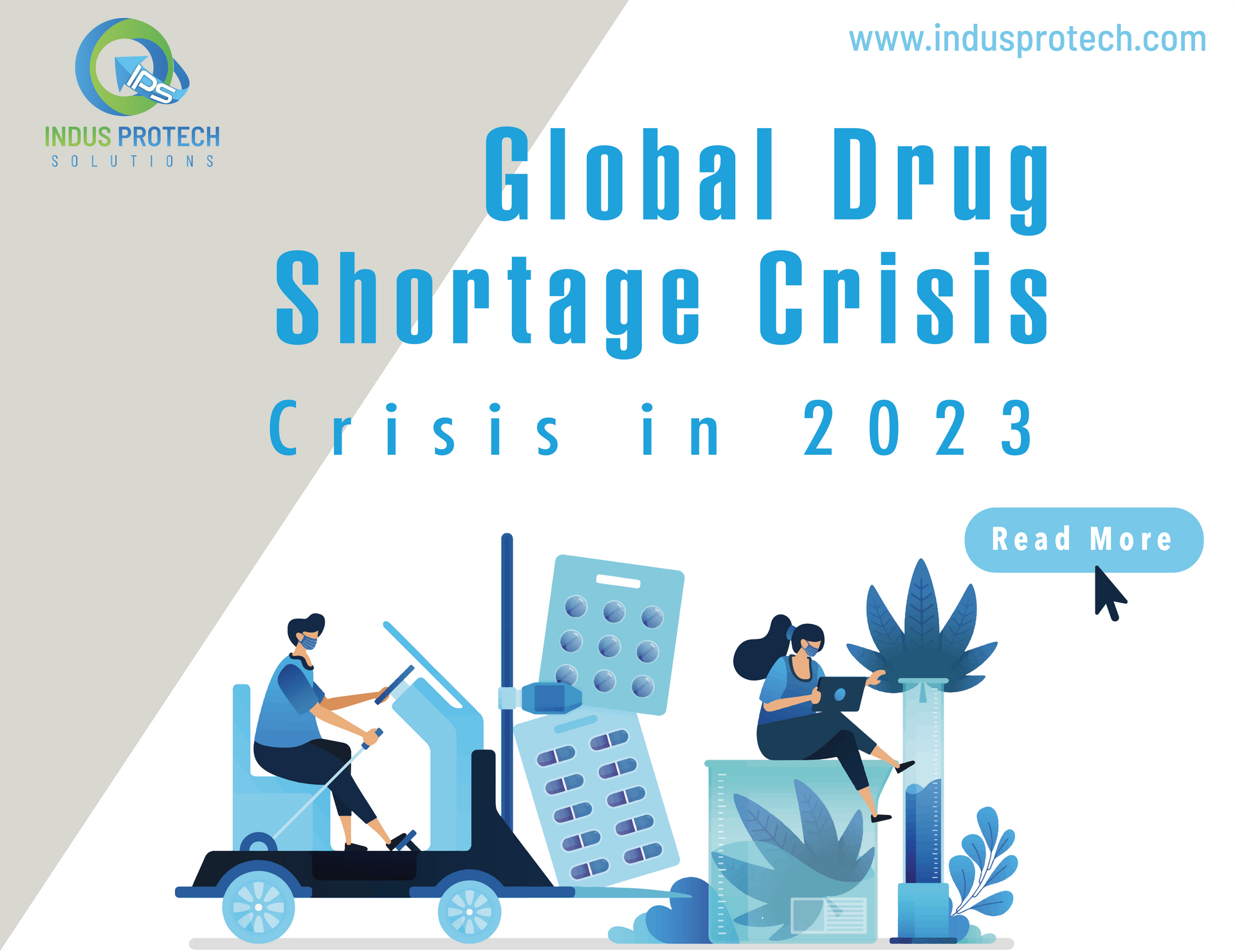Organizations could think of investment toward sustainable practices. Construction Equipment could be transformed into energy-efficient ones as per the latest technological trends. Currently, many construction types of equipment are energy efficient, and making use of them would reduce emission levels. For example, the vehicles used on the construction site could be electronic and therefore avoid the usage of fuels.
For Enqiury Please E-Mail to info@indusprotech.com. Reach us at +91 44-22 511 522
For Enqiury Please E-Mail to info@indusprotech.com Reach us at +91 9360558441
CONSTRUCTION INDUSTRY TOWARD’S NET-ZERO BUILDINGS

We are all aware that Buildings & construction are important aspects of every organization. But lesser we know that it has an impact on the environment? How can organizations transform themselves into a Net-Zero Building culture?
Construction requires huge amounts of energy and results in high levels of CO2 emissions. It is shocking to know that construction accounts for about 25% of global greenhouse gas (GHG) emissions, which in turn affects climate change. As per IEA reports of 2018, construction consumes 36% of global energy and releases 39% of global CO2 emissions.
Organizations are responsible for reducing Carbon emissions, as agreed in the 2015 Paris Agreement, to achieve net-zero emissions by 2050. The Paris Agreement is a legally binding international treaty on climate change. Its objective is to keep global warming far below 2 degrees Celsius, ideally below 1.5, compared to pre-industrial levels.
The Future ways to control emission
Use of energy-efficient technologies
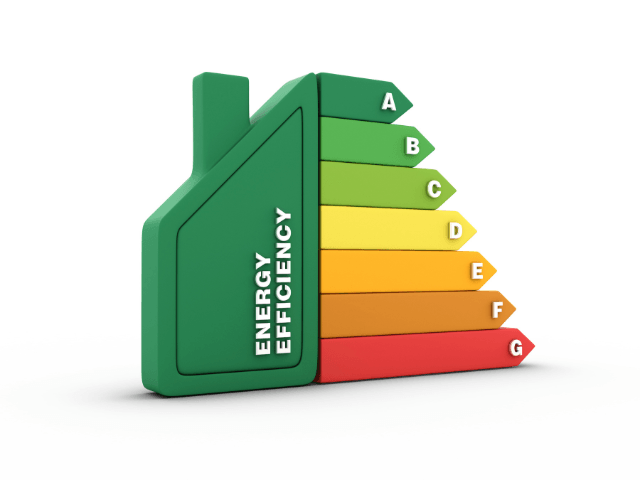
Usage of low carbon raw materials
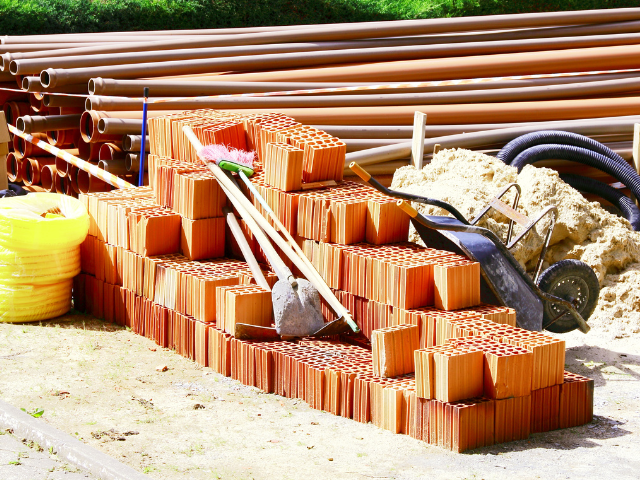
The availability of green concrete can be used for construction purposes. The actual concrete involves high levels of heat and emissions while it is processed. It is understood that construction cannot run without cement, thus at least it could reduce the levels of emission by this greener method. Construction materials can be replaced by sustainable timbers. This alternative could reduce GHG emissions by 6% between 2017 and 2050.
Reusing the materials
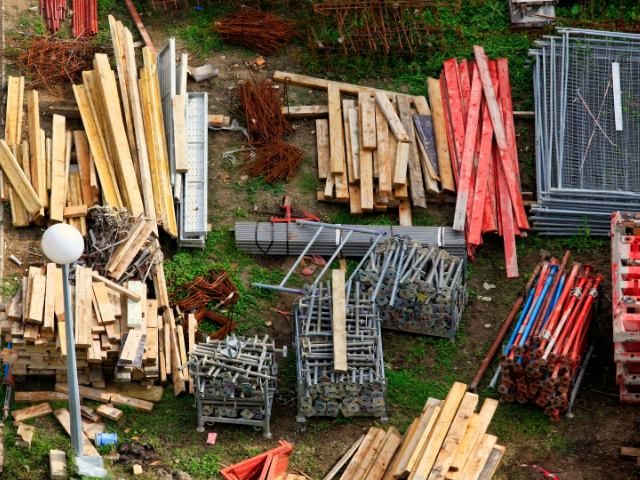
Organizations could insist on reusing culture to be more sustainable. Of course, reusing the materials might impact the building standards. However, materials that can withstand specifications even after reuse could be brought in as raw materials for other purposes.
Expand the building utilisation
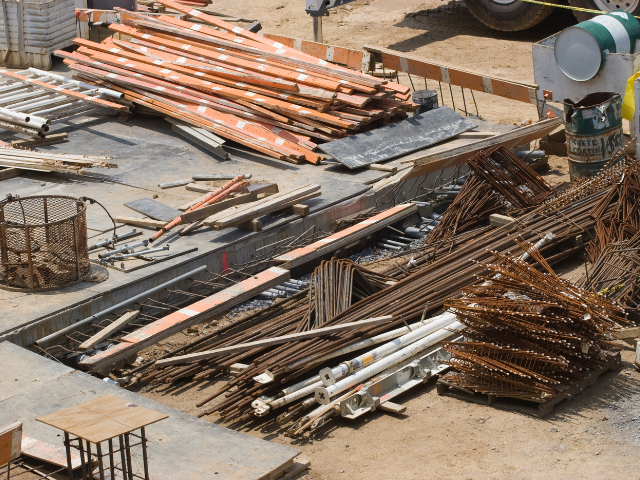
Every organization faces a life cycle moment, and some even shut down. During a such scenario, the unused buildings might be demolished, which contributes to huge levels of emissions. These vacant spaces can be utilized by other new businesses that require spaces or other existing businesses for their expansion. These new businesses can also reduce emissions by occupying these spaces rather than constructing a new one, which involves high emissions.
What India is doing toward the 2050 goal?
India has created GreenPro ecolabelling. The primary goal of adopting Greenpro certification in India's ready-mixed concrete (RMC) sector is to make it simpler for RMC companies to implement green practices and to improve the environmental performance of their products with the ultimate goal of lowering the sector's GHG emissions. Based on eight criteria—product design, product performance, raw materials, manufacturing process, waste management, lifecycle approach, product stewardship, and innovations—the certification system assesses RMC's green qualities.
To promote the design and building of homes, apartments, and townships that are energy-efficient, India's Ministry of Power introduced the ECO Niwas Samhita, an Energy Conservation Building Code for Residential Buildings (ECBC-R). This legislation incorporates energy efficiency into the building sector and is relevant for all parties involved in the construction process, especially given the rate at which India's building stock is growing. With assistance from the entire country, the code is being implemented at the state level.

E-Subscribe to Newsletter content
We will get back to you as soon as possible.
Please try again later.


